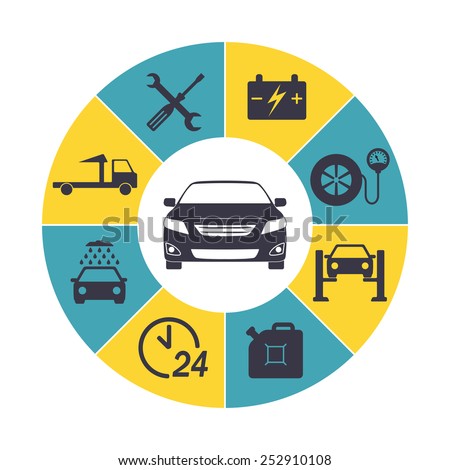Understanding Your Cars And Truck'S Caution Lights: What Do They Actually Mean?
Understanding Your Cars And Truck'S Caution Lights: What Do They Actually Mean?
Blog Article
Write-Up Developed By-Faulkner Winters
When you lag the wheel, those radiant caution lights on your dashboard can be a bit complicated. Do you understand what they're attempting to inform you concerning your car's health? Understanding https://www.hometownsource.com/sun_current/community/edina/kevin-kee-closes-auto-shop-after-28-year-run-in-edina/article_59c3b0fc-4e80-11ec-a265-338dcaa4e9e2.html of these lights is important for your safety and security and the long life of your automobile. So, the following time one of those lights appears, would not you intend to decode its message properly and take the necessary actions to resolve it?
Common Caution Lighting and Interpretations
Recognize usual warning lights in your vehicle and understand their definitions to make sure safe driving.
One of the most regular warning lights consist of the check engine light, which signifies issues with the engine or discharges system. If this light comes on, it's essential to have your automobile examined without delay.
The oil stress advising light suggests low oil stress, calling for prompt interest to stop engine damages.
A flashing battery light may recommend a malfunctioning charging system, possibly leaving you stranded otherwise resolved.
The tire pressure surveillance system (TPMS) light notifies you to low tire pressure, impacting automobile stability and gas efficiency. Ignoring this can cause unsafe driving problems.
The abdominal muscle light shows a trouble with the anti-lock stopping system, endangering your ability to stop promptly in emergency situations.
Finally, the coolant temperature level advising light warns of engine overheating, which can lead to extreme damage if not dealt with quickly.
Understanding these common warning lights will help you deal with concerns without delay and keep risk-free driving problems.
Value of Prompt Interest
Understanding the usual caution lights in your car is just the very first step; the relevance of quickly resolving these cautions can not be highlighted enough to guarantee your security on the road.
When a caution light brightens on your dashboard, it's your automobile's method of interacting a possible issue that requires attention. Ignoring these cautions can result in much more severe issues in the future, jeopardizing your safety and potentially costing you more out of commission.
Prompt interest to alerting lights can protect against break downs and crashes. As https://johnnydxqhz.dgbloggers.com/30330578/describing-your-cars-and-truck-in-under-an-hour-a-simple-guide-for-beginners , a flashing check engine light can suggest a misfire that, if left unattended, might trigger damage to the catalytic converter. Resolving this without delay can conserve you from a pricey repair.
In a similar way, a brake system warning light could signify reduced brake liquid or used brake pads, important elements for your security when driving.
DIY Troubleshooting Tips
If you observe a warning light on your dashboard, there are a few do it yourself repairing suggestions you can attempt prior to looking for professional aid.
The very first step is to consult your vehicle's manual to understand what the specific warning light shows. In https://franciscotnibv.tokka-blog.com/30178759/a-newbie-s-fast-lane-to-car-describing-in-less-than-an-hour can be as basic as a loosened gas cap causing the check engine light. Tightening the gas cap may resolve the trouble.
An additional typical problem is a reduced battery, which can cause various cautioning lights. Inspecting the battery links for corrosion and ensuring they're secure could repair the trouble.
If a caution light persists, you can try resetting it by separating the automobile's battery for a few minutes and then reconnecting it. In simply click the following webpage , checking your car's liquid levels, such as oil, coolant, and brake liquid, can help repair cautioning lights related to these systems.
Final thought
Finally, recognizing your car's caution lights is necessary for maintaining your automobile running smoothly and securely. By promptly resolving these informs and knowing what they indicate, you can stay clear of costly fixings and possible failures.
Bear in mind to consult your car's manual for particular details on each alerting light and act accordingly to make sure a trouble-free driving experience.
Remain notified, stay risk-free when traveling!
